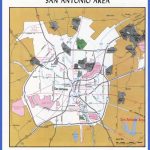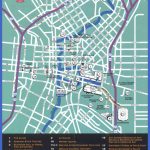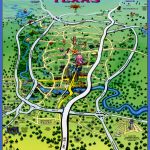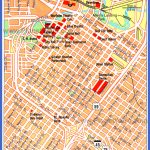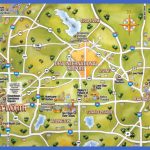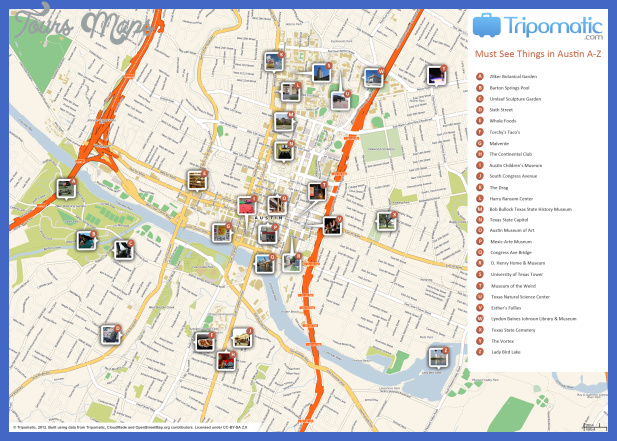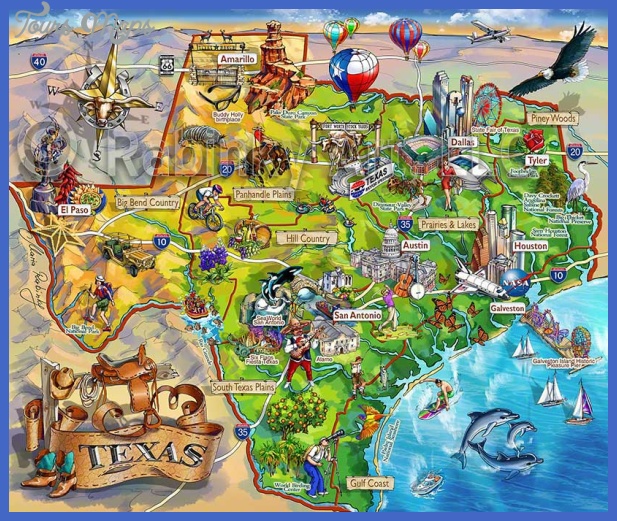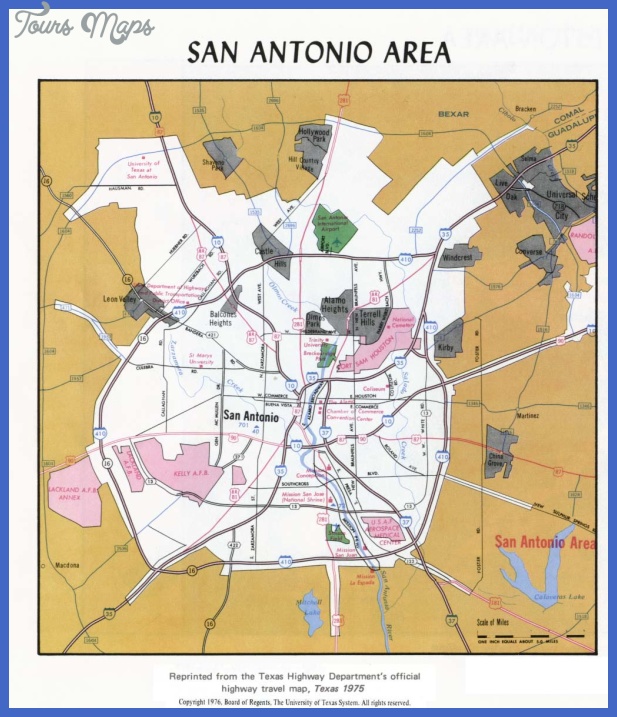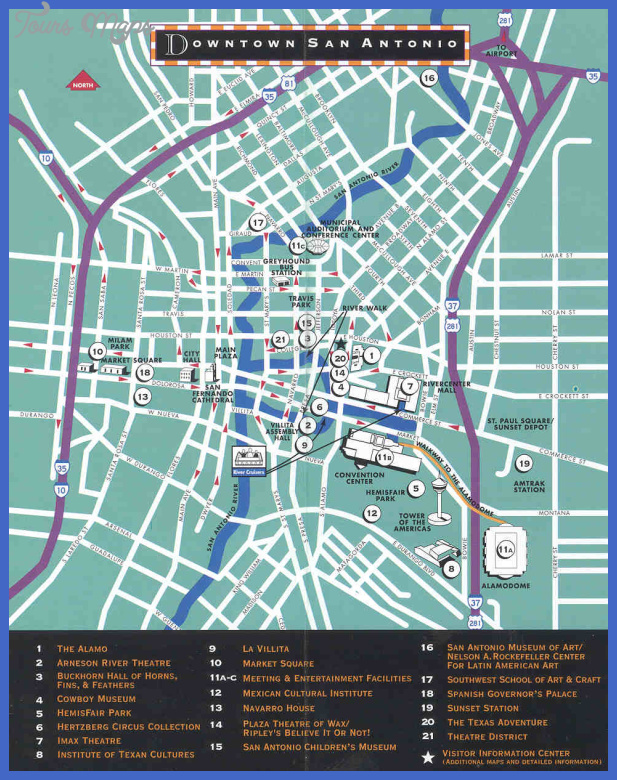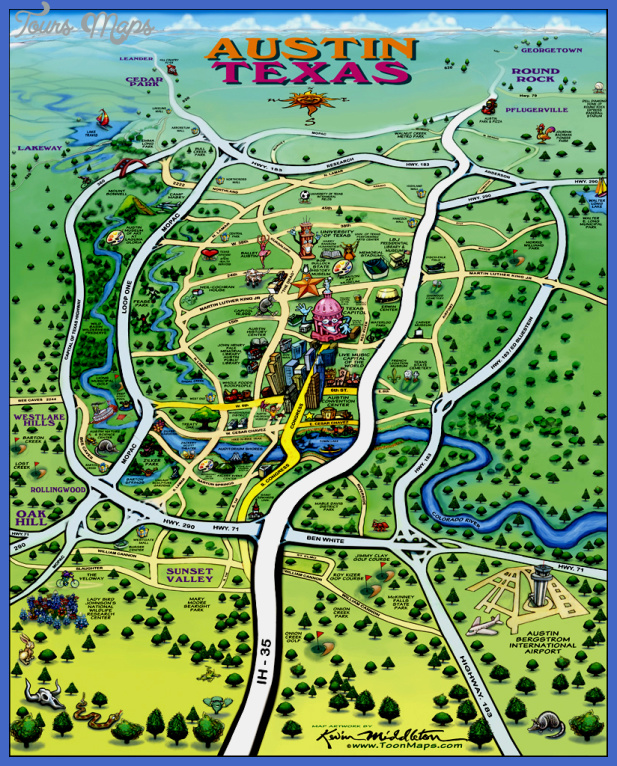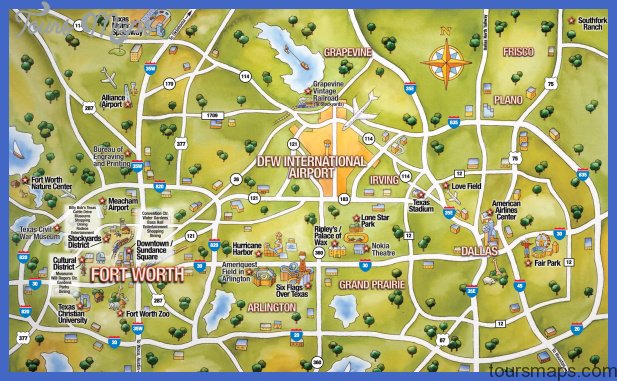Colonial Texas
In 1519, Spanish explorer Alonso Alvarez de Pineda explored and mapped the Texas coastline. However, the first true exploration of Texas occurred some nine years later. A Spanish expedition, initially sent to explore Florida, became shipwrecked on the peninsula’s west coast. The castaways built a boat and attempted a Caribbean crossing, only to be shipwrecked on Galveston Island. Most of the crew members died or were enslaved by Native Americans; only Alvar Nunez Cabeza de Vaca and four of his shipmates survived. After four years of captivity, Cabeza de Vaca and his companions escaped and traveled west in the hopes of eventually returning to Mexico. Their travels took them across central Texas and beyond. Cabeza de Vaca met up with another Spanish group in 1536; by 1537 he had returned to Spain, where he published an account of his travels and experiences, introducing Texas to the public.
In the following decades, Spain sent additional explorers to the region with the intention of expanding the crown’s coffers. Most notable among these was Francisco Vazquez de Coronado. Coronado set out in 1540 from Mexico City with an entourage of 300 Spanish soldiers and 1,000 Tlaxcalan Indians. For the next two years, they traveled over most of the southwestern United States, including the plains of Oklahoma and Kansas, as well as the Texas panhandle. The expedition’s principal goal was to locate the Seven Cities of Gold, the Edenic cities of wealth found in Spanish medieval legend. Although Coronado was frustrated in
his quest, his journey had consequence. It is probable that stray horses from the Coronado expedition and those from later conquistadors created the first wild herds of the Great Plains.
After Spain’s incursion into the region, two other events in Mexico spurred Texas’s Spanish colonization. The first was the 1548 discovery of silver near Zacatecas, Mexico. This brought about settlements at the Rio Conchos (in Chihuahua) headwaters that, in turn, became staging areas for later church and colonization efforts into both New Mexico and Texas. The establishment of northern settlements led to the second event that impacted northern expansion: the Chichimeca wars (1550-1590). As Spaniards settled Mexico’s ore-rich northern frontiers, they raided indigenous settlements to acquire native slaves to work their mines. The forty-year conflict resulted in the construction of numerous fortresses and missions to the north. These new strongholds served as foci for northward-moving colonial populations of the seventeenth century.
Motives for the Spanish settlement of Texas went beyond colonization. In 1685, French explorer Rene-Robert Cavelier, Sieur de La Salle, landed in Texas and established the first French stronghold there, Fort St. Louis, on Matagorda Bay. Viewing the French presence as an incursion on their sovereign territory, the Spanish government sent Alonso de Leon, governor of the province of Coahuila, to find and confront them. De Leon’s forces found the fort in 1689, but it had been abandoned; the indigenous population had killed many French settlers, and disease had taken the rest. Nonetheless, the Spaniards set about eradicating all evidence of the French presence. They buried the bodies that they found, as well as the fort’s cannons, then destroyed what remained of the fort. So that there would be no further confusion as to the Spanish claim, in 1690 they also began building a series of missions and presidios in the area. These included the mission and presidio of Los Adaes (1717), located near Natchitoches. In 1722, Spain established a presidio on the former site of Fort St. Louis. As the French threat subsided, Spain abandoned the East Texas missions and withdrew its military.
During the early decades of the eighteenth century, permanent communities at outposts, pueblos, and missions were established throughout Texas. Central to most communities were the missions autonomous communities under the control of regular clergy, with those clergy belonging to specific orders. Chief among the Texas missions was Mission San Antonio de Valero, more popularly known as the Alamo. Founded in 1718 along with the presidio of San Fernando de Bexar (present-day San Antonio), the mission was joined two years later by Mission San Jose y San Miguel de Aguayo, which had been moved from East Texas. Missions such as these were essential to the economic growth and spiritual maintenance of settlers in colonial Texas. They were also key in the religious conversion and protection of the indigenous population upon whom their economic life depended.
The missions brought economic vitality to the colonial frontier by introducing European livestock, fruits, and vegetables to the area. While teaching reading and writing to their indigenous novices, mission workers also successfully passed on European notions of industry and agriculture. By mid-century, San Antonio’s missions were producing several thousand pounds of cotton annually. Those crops and limited livestock not required to maintain the missions and its inhabitants were traded with local communities and presidios or sent as tribute to Mexico.
By the late eighteenth century, missions had been established throughout Texas. However, the regular clergy lacked the resources and manpower necessary to maintain so many churches scattered across such a vast territory, and the mendicants found themselves overextended. Further complicating matters, these missions often competed for resources and political power with local presidios and communities. The death knell for the missions came in the 1770s, when secular clergy took up residency in towns and began fulfilling the spiritual needs of the populace in community churches. With the missions’ decline, the indigenous populations were forced to leave mendicant protection and became tax-paying citizens who worked for their livings, albeit for greatly reduced wages.
The growth of privately owned ranches also impacted the missions negatively. The cattle industry had been established in the early eighteenth century, with the majority of cattle being raised and protected within the mission. Private ranches had only limited stock and could not compete with the church’s well-ordered industry. However, mendicants raised livestock primarily to provide food for their indigenous residents. While the presidios associated with the missions protected them, the military could not depend on mission resources and thus raised their own cattle and horses or relied on small, private ranchers. After the Spaniards made peace with the Apaches at San Fernando de Bexar (1748), the area realized a substantial increase in private ranching from San Fernando de Bexar to Goliad. This prosperity is reflected in San Fernando’s population growth. In 1750 the community had only 500 inhabitants. By 1777 more than 1,300 people lived in the town and presidio communities, with another 709 people living in the five missions associated with the town.
A preexisting mission was no longer requisite to a region’s settlement. For the first time, towns came into being because of ranching. In 1755, Captain Tomas Sanchez and three other large ranch-owning families founded Laredo with the cattle industry in mind. Within the next few years, cattle drives occurring along the San Antonio-Laredo road to Saltillo enhanced Laredo’s position as an important frontier outpost on the lower Camino Real. During this time, the vaquero (cowboy) came into being. Earlier, in 1537, the crown had partially laid the groundwork for the profession by establishing stockmen’s guilds, called mestas, throughout New Spain. These guilds were responsible for the industry’s regulation
and had an enormous amount of power over economic activities related to ranching. In Laredo, the mesta’s duties included the assignment of grazing rights, setting of vaquero wages, registration of brands, and supervision of roundups (called mestenos, or rodeos) held in the spring and autumn.
By the end of the eighteenth century, the colonists’ economic success, along with their desire to expand their interests, led to stirrings of discontent directed toward the Spanish Crown. These feelings coincided with economic dissatisfaction toward and alienation from Spain being felt across Mexico. In 1789, an official memoria, or petition, was presented to the authorities in San Fernando de Bexar protesting the crown’s seizure of the region’s cattle and disregard of local economic interests. In an attempt to fatten its coffers and rein in its vast empire, the Spanish government then passed more laws that undermined colonial autonomy and strategically placed peninsulares people born in Spain in positions of great authority, without consideration of local landowners and merchants and their preexisting trade relations.
Despite their location in the empire’s northeastern hinterlands, the Bexarenos had established booming economies and a ranching industry with economic and trade ties to Coahuila and Louisiana. The conflict and tension caused by the imposition of a colonial power led to great resentment and added to further cohesion among the Tejanos. By the turn of the nineteenth century, Tejanos all over Texas had developed a hard-won sense of selfsufficiency and autonomy. They were ready for independence.
Texas Map Tourist Attractions Photo Gallery
Maybe You Like Them Too
- Explore the Beautiful Town of Saint-Alban, France with This Map
- Explore the Beautiful City of Southport, Australia with This Map
- Explore Sasbach, Germany with our Interactive Map
- Explore Nevestino, Bulgaria with this Detailed Map
- Explore Pulau Sebang Malaysia with this Detailed Map



